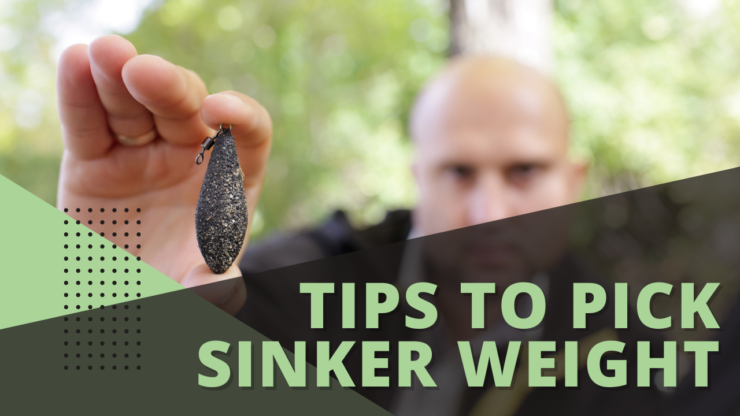If you’re someone who’s very into fishing or you’re planning on joining in this fun activity for the first time, you’re in the right place. Having useful info before you embark on this journey will help you have a smooth sailing experience and catch fish like a real pro! However, it’s no secret that gathering this info on your own can often be quite a challenge. That is why we’re here to cut your work in half and inform you about all you should know in less than 10 minutes!
You don’t have to spend an eternity searching the Internet and trying to find relevant info on your own. With our guide, you’ll learn all there is to know about choosing the right sinker in the blink of an eye! We’ll also provide you with details about what a sinker is exactly, what types of sinkers exist, and what you should factor in when picking the right one. Let’s get right into it!
Table of Contents
ToggleWhat Is a Sinker?
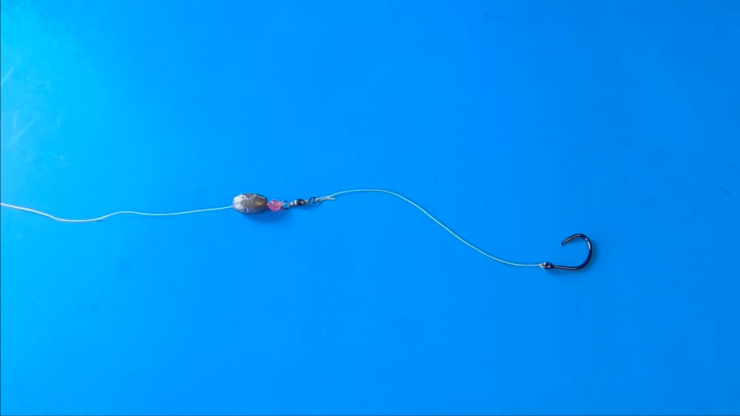
If you’re a beginner or it’s your first time joining in on this fun activity, you’re probably not familiar with all the details that go into fishing. Not to worry because we’re here to explain everything, starting from what a sinker is exactly and how it works.
A sinker is essentially a weight that is made of poured lead. You can either tie it or clamp it to your fishing line when you want your bait to sink to the desired depth. These sinkers come in a wide range of shapes and sizes, so choosing one comes to your personal preference in the end. You should always make sure that the sinker you choose is right and intended for the specific use you want it for in fishing. There are several types of sinkers as well, and they all differ from one another. Take a look at the list below to find out what types of sinkers exist.
Types of Sinker
When it comes to sinkers, there is no shortage of cool ones you could choose. To make it a bit easier, we listed the most commonly used ones below—check it out:
1. Ball Sinkers
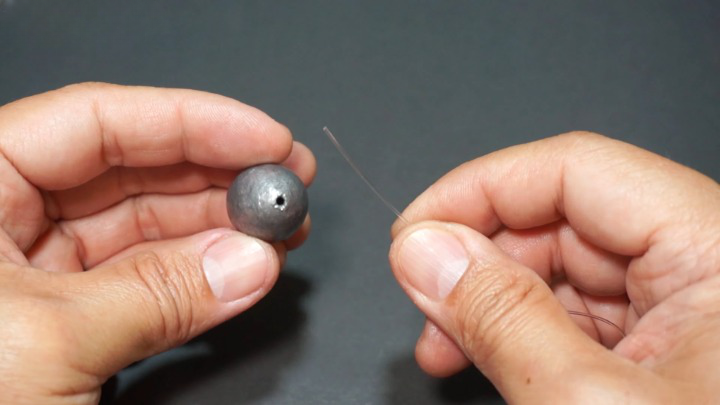
The first sinker on our list is the ball sinker, and this one is the most commonly used one. It provides great casting ability and allows the bait to move freely with the current. It is ideal for catching bread and butter species like whiting, bream, and flathead.
2. Running Sinkers
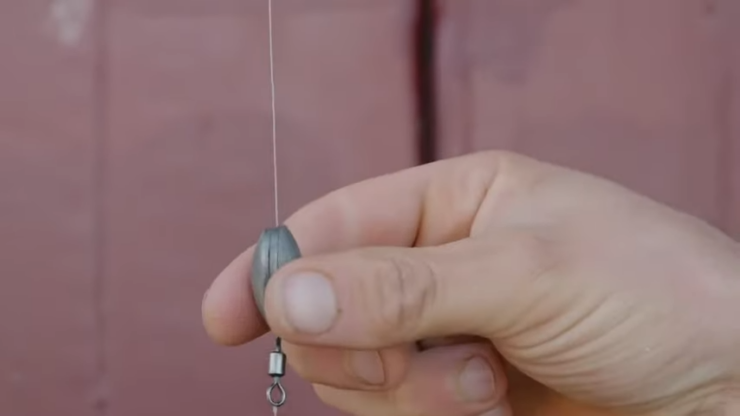
If you want a sinker that provides minimal resistance and allows the bait to move without the fishing wait impeding it, the running sinker is perfect for you. These sinkers come in various shapes and sizes, and most of them provide excellent bottom-holding ability which can help with castability immensely.
3. Bean Sinkers
Bean sinkers work in a similar way to ball sinkers. They offer the benefit of better casting and bottom-holding ability, but bean sinkers will also move around a lot less than ball sinkers. These bean sinkers are also very effective as reef sinkers. Their shape will also reduce the possibility of them getting lodged in holes and crevices of corals, unlike ball sinkers.
4. Egg Sinkers
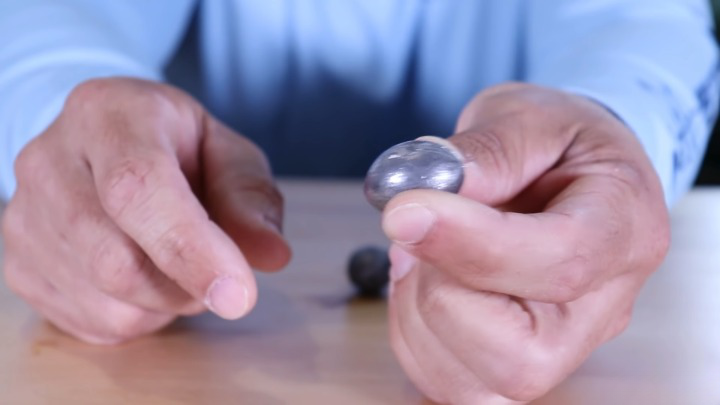
Looking for a super versatile sinker? The egg sinker is the way to go! These ones are super versatile due to their shape, and they also provide the least water resistance. Egg sinkers are also quite popular when it comes to estuary, reef, and beach fishing. If you’re into offshore bottom fishing with live bait, you’re going to have a blast using an egg sinker.
5. Surf Sinkers
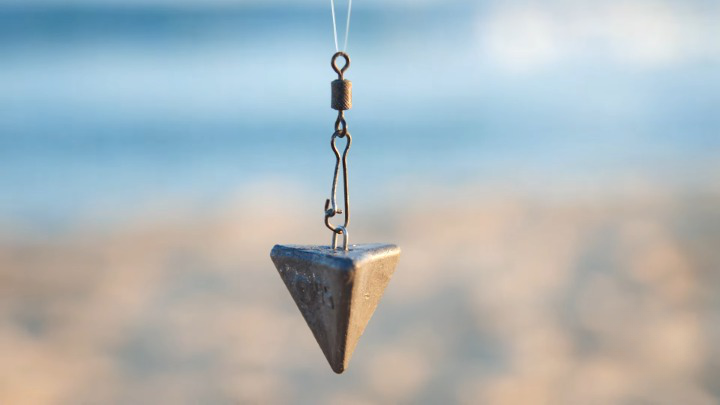
Surf sinkers are wide and rounded, so they provide an excellent holding ability. If you want a sinker that will help the bait stay in the strike zone for a longer period of time, this one is an excellent choice. Surf sinkers aren’t that prone to rolling around in the surf, and you can use them with ease whenever you want a running sinker in the surf.
6. Fixed Sinkers
Every sinker that is designed to connect to a fixed end of the fishing line falls under the category of fixed sinkers. They come in various shapes, sizes, and designs, and provide different holding abilities and hydrodynamics. If you’re planning on fishing offshore or from a boat, having a fixed sinker can prove very beneficial. They are typically used to get baits to the bottom with ease.
7. Snapper Sinkers
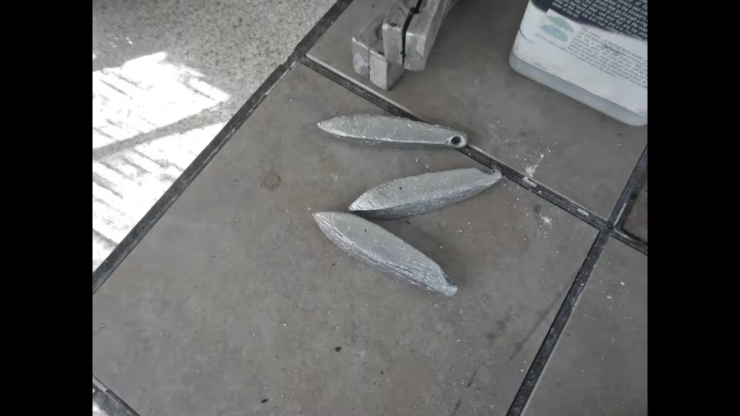
We’ll continue with snapper sinkers—sinkers with four sides and long thin profiles. Snapper sinkers are the most commonly used ones when it comes to the fixed sinkers category. Generally, they are used when fishing the bottom for a fast drop from a boat and for targeting various reef species. They are also super popular for boat anglers and charter boat operators targeting reef fish.
8. Quick-Drop Snapper Sinkers
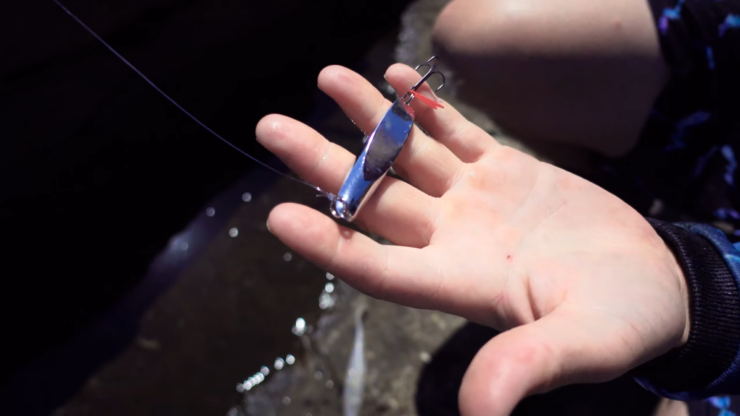
The last sinker on our list is the quick-drop snapper which can be used as an alternative to the snapper sinker. These sinkers are able to drop quicker than standard snapper sinkers, and since they have 6 sides, they will spin less in the current and minimize tangles and windup.
What To Consider When Choosing Sinker Weight
Now that you’re familiar with most sinker types, you can probably choose the one that fits your needs best. However, take a look at the list below to find a few more tips on choosing the right sinker weight with ease:
- Water Depth—Choose lighter sinker weights for shallow waters and heavier ones for deeper waters
- Wind and Tidal Movement—Choose heavier weights for stronger winds and tidal movements
- Size of Bait/Lure—Choose the weight that pairs well with the size of your bait
Conclusion
Choosing the right sinker weight can often seem difficult, especially if it’s your first time doing this. Thankfully, with our guide, you’ll be ready to tackle this task like a real pro and won’t waste time in vain. All you need to do is pay attention to the tips we’ve mentioned, and you’ll be ready for your fishing adventure in no time!
Adelaide Gentry, a seasoned kayaking enthusiast and expert, is the driving force behind KayakPaddling.net. With over a decade of experience navigating the world’s most challenging waterways, Adelaide combines her passion for adventure with a deep knowledge of kayaking to provide insightful and practical guidance for paddlers of all levels.
Related Posts:
- 16 Best Kayak For Beginners 2024 - Kayaking Adventure Gear
- 12 Best Beach Wagons & Carts 2024 - For All-Terrain
- 10 Best Fish Finders Under $200 2024 - Top Affordable Picks
- 20 Best Inshore Spinning Reels 2024 - Capturing All…
- How to Stay Safe on Slow Moving Waters When Paddle Boarding?
- 16 Best Kayak Fishing Paddles 2024 - Affordable Fishing Gear

